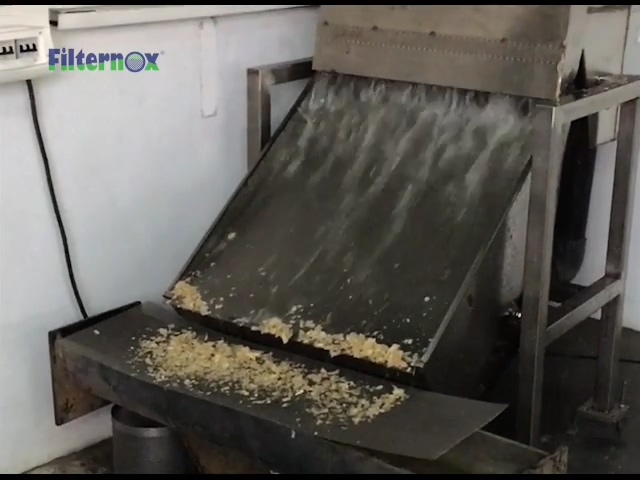This website uses cookies so that we can provide you with the best user experience possible. Cookie information is stored in your browser and performs functions such as recognising you when you return to our website and helping our team to understand which sections of the website you find most interesting and useful.
Are Filternox® Filters capable of filtering algae?
Why all the filters produced by Filternox® are AISI?
What is the finest filtration rate applicable to Filternox® Filters?
What is the minimum flow Filternox® filters can handle?
What is the maximum flow?
Can Filternox® Filters be applicable for cooling water filtration?
Can Filternox® Filters be applicable for white water filtration?
Does Filternox® have a R&D program?
Is there any R&D for a new filter?
Can Filternox® Filters be used for Ballast water Filtration?
Does Filternox® have a specific goal?
Does Filternox® have air filters?
Can sand filters be replaced with Filternox® Filters?
What is the main difference of Filternox®?
What can be filtered with Filternox® filters?
Is it possible to filter TDS with Filternox® filters?
Can Filternox® filters be used for very high dirt loaded river water for drip irrigation?
Does Filternox® have drum filter in its production line?
Does Filternox® manufacture static sieve? Where and what purpose are static sieves used for?
Static sieve traps the different sized particles while the water flows over the filter’s screen. Static sieve does not need any motor or electricity during its operation. Stainless steel structure and robust screening system does not require maintenance but only periodic cleaning. Static sieves are used as prefiltration in waste water treatment plants, and also are used in process water filtration in several industries such as textile, wood, food, etc. According to application purpose, the filtration level can vary from the mm size down to 200 micron.


